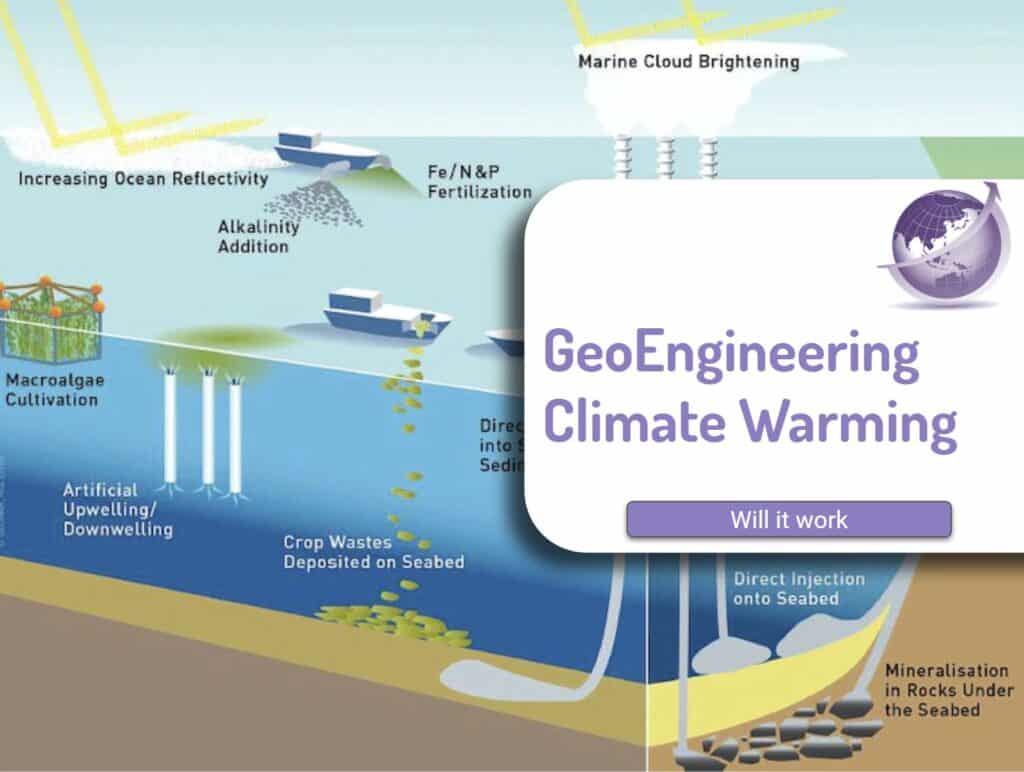A podcast by Assaad Razzouk from the Angry Green Guy made a comment that shipping emissions halve with fossil fuel collapse. This article in Quartz says 40% of all shipping cargo consists of fossil fuels. In 2018, the dry goods cargo included 1,263 million tons of coal, according to UNCTAD. When the tonnages for coal, oil, gas and petrochemicals are summed up, they constitute nearly 4,500 million tons out of the 11,000 million tons of total maritime shipping. An article on big polluting ships is here.
Shipping Emissions Halve With Fossil Fuel Collapse and New Fuel Types
There’s grain, and lumber, and iron ore, and cars, and a zillion containers loaded with tennis rackets and dog toys and 70-inch tvs. But no—a little research makes clear that in fact if you add up all the tonnage, something very close to forty percent of all the shipping on earth is just devoted to getting oil and coal and gas (and now some wood pellets) back and forth across the ocean.
Almost half of what we move around the seas is not finished products (cars) nor even the raw materials to make them (steel), but simply the stuff that we burn to power those transformations, and to keep ourselves warmed, cooled, and lit.
Bill McKibben says it is the happiest number he has heard in ages.
Other Shipping Toxic Emissions
The shipping industry is responsible not only for carbon emissions but the dirty bunker fuel (heavy sludge) with high levels of S. The difficult-to-decarbonize maritime shipping sector was not part of the Paris agreement (S&P Report)
- 940 million tonnes of CO2 annually, which is at least 2.5% of the world’s total CO2 emissions.
- 18-30% of all the world’s nitrogen oxide (NOx)
- 9% of the global sulphur oxide (SOx) pollution.
- Note: 70% of all ship emissions are within 400km of land
An article on coal mine numbers says that the number of ships will reduce, and as coal and gas ships are very large, emissions will fall. But by how much? Mine Numbers Collapse by 2040 by 70% – A Real Possibility (optimisticstorm.com) details the coal mines and the 10 major countries that employ 1 million, and the employment of over 4.1m workers total elsewhere in the world.
With the rise in electric cars, the demand for petroleum is already declining in those countries with higher levels of EV adoption.
International maritime trade by cargo type

The claim that shipping emissions will halve is a real probability. However, some of other emissions will continue with 55,000 ships over 10,000 tonnes travel the sea. Only some of the fleet will become stranded assets. Coal , crude petroleum and gas carriers will reduce. Will international freight continue to rise? .
Shipping Emissions halve. But ships are Increasing?
With an 8% increase in shipping numbers and increased in freight – a good overview of data is here. (Shipping Numbers). About 40% of shipping (dead weight) is fossil fuels. (Quartz) Approximate numbers include.
- Total 55,000 merchant ships trading internationally
- 122 Coal ships
- 810 very large crude carriers (VLCCs) – petroleum ships
- 550 LNG carrier fleet – mostly LNG powered and 200 on order
- 5,500 container ships globally (25 million TEUs – 20-foot containers)
- 314 Cruise ships
- 12,312 Dry bulk vessels
- 15,000 general cargo ships (27% of merchant fleet)
- 3,300 military vessels (Wiki Military)
LNG Shipping Vessels
Statista says in 2020, there were operating 175 liquified natural gas-propelled (LNG) vessels. The figure from International Gas shows many on order and LNG “ready”. There was the delivery of 57 vessels in 2021 and seven in the first four months of 2022, so the global LNG carrier fleet consisted of 641 active vessels as of end-of-April 2022, including 45 floating storage and regasification units (FSRUs) and five floating storage units (FSUs). (https://www.igu.org/resources/world-lng-report-2022/)
For more detailed info Wikipedia – LNG Carriers

Coal Carrier Shipping
Most coal is shipped in “dry bulk”. the tonnage has remained about 1.2billion tonnes for the past decade.

Facts About Shipping
From Infomaritime.eu in 2021. Ships are getting bigger, and more of them, and controlled by only a few countries.
- 53, 973 = Number of ships in world fleet > 1000 GT
- 2,116,401 = Size of world fleet in DWT 000′
- 18,0 % = Growth of world fleet 2016 – 2021 in terms of thousand DWT
- 9.1 % = Increase of number of ships 2016 -2021
- 8.1% = Increase of average size of ship 2016 – 2021
- 80.2% Controlled world fleet by main 15 countries

Ships are Getting Bigger

Change in Fuel Can Reduce emissions
Most of the older fleet burns bunker oil – the dirtiest fuel ever. Some will be able to switch to green ammonia or syn fuel. Some have changed to LNG (fossil methane) and there are some new ferries that are fully electrified. The 5 major shipping companies have reduced emissions by 10% to 20% over the past 5 years.

Not Just Shipping – But Land Tankers as Well
It is not just shipping and there are an estimate 100,000 oil tanker trucks circling the U.S. In a renewable energy / EV world they won’t be taking up space, crashing, and polluting the air. There’s an endless network of pipelines, regularly spilling and exploding. And about 11% of all energy we use goes to finding more oil and gas. (Saul Griffith – Electrifying)
Live Shipping Data
Check on the Marine Traffic data to see the live traffic. Filter on tankers.










